Q6:
AS & A Level Chemistry - 9701 Paper 1 2018 Summer Zone 1
Questions:
6/40

Topic: CH3 - CHEMICAL BONDING
Solution
Solution is A

PRACTISE
Similar Questions

LEARN
Concepts with Sparky

More Questions from this Topic
Theory
CH3 - CHEMICAL BONDING
(a) (i) Explain the lack of reactivity of nitrogen gas, $N_2(g)$.........................................................................................
2024
 Summer
Summer
 Summer
Summer
 4
4
Theory
CH3 - CHEMICAL BONDING
Bismuth is an element in Group 15 of the Periodic Table.(a) Bismuth has metallic bonding.Draw a labelled diagram to show the metallic bonding in bismu...
2024
 Spring
Spring
 Spring
Spring
 4
4
Theory
CH3 - CHEMICAL BONDING
Chlorine, $Cl_{2}$, reacts with many elements and compounds to form chlorides.Table 2.1 shows information about some chlorides of Period 3 elements.Ta...
2024
 Spring
Spring
 Spring
Spring
 5
5
Theory
CH3 - CHEMICAL BONDING
(a) Table 3.1 shows some properties of two Group 14 elements, C and Sn, in their standard states. The table is incomplete.\begin{table}
\centering
\b...
2024
 Winter
Winter
 Winter
Winter
 4
4
Theory
CH3 - CHEMICAL BONDING
Nitrogen, $N_2$, is generally an unreactive molecule but it does react under certain conditions. (a) Give two reasons to explain the lack of reactivi...
2024
 Spring
Spring
 Spring
Spring
 4
4
Theory
CH3 - CHEMICAL BONDING
(a) Sulfur chloride, $\text{SCl}_2$, is a liquid at room temperature. When $\text{SCl}_2$ is added to water, misty fumes are seen and a solution is ma...
2024
 Summer
Summer
 Summer
Summer
 4
4
Theory
CH3 - CHEMICAL BONDING
Hydrocarbon molecules contain covalent bonds.(a) Define covalent bond....................................................................................
2024
 Summer
Summer
 Summer
Summer
 2
2
Theory
CH3 - CHEMICAL BONDING
Benzene reacts with chlorine gas to form chlorobenzene. This reaction can be described as the reaction between benzene molecules and $Cl^+$ ions. The ...
2024
 Winter
Winter
 Winter
Winter
 2
2
Theory
CH3 - CHEMICAL BONDING
The Pauling electronegativity values of elements can be used to predict the chemical properties of compounds.Use the information in Table 1.1 to answe...
2023
 Spring
Spring
 Spring
Spring
 2
2
Theory
CH3 - CHEMICAL BONDING
The elements silicon, phosphorus and sulfur are in Period 3 of the Periodic Table.(a) (i) Describe the variation in atomic radius from silicon to sulf...
2023
 Winter
Winter
 Winter
Winter
 3
3
More Questions from year 2018
MCQ
CH1 - ATOMS, MOLECULES & STOICHIOMETRY
This question refers to isolated gaseous atoms.In which atom are all electrons paired?
2018
 Summer
Summer
 Summer
Summer
 1
1
MCQ
CH3 - CHEMICAL BONDING
Which compound has a boiling point that is influenced by hydrogen bonding?
2018
 Summer
Summer
 Summer
Summer

MCQ
CH14 - AN INTRODUCTION TO ORGANIC CHEMISTRY
Which fuel would produce the largest mass of CO$_2$ when 10 kg of the fuel undergo complete combustion?
2018
 Summer
Summer
 Summer
Summer

MCQ
CH5 - CHEMICAL ENERGETICS
The diagram shows the Boltzmann distribution of energies in a gas. The gas can take part in a reaction with an activation energy, $E_a$. The gas is ma...
2018
 Summer
Summer
 Summer
Summer

MCQ
CH14 - AN INTRODUCTION TO ORGANIC CHEMISTRY
Which molecule has no overall dipole?
2018
 Summer
Summer
 Summer
Summer
 1
1
MCQ
CH3 - CHEMICAL BONDING
Which solid contains more than one type of bonding?
2018
 Summer
Summer
 Summer
Summer
 1
1
MCQ
CH5 - CHEMICAL ENERGETICS
Enthalpy changes of combustion can be used to determine enthalpy changes of formation. The following equation represents the enthalpy change of format...
2018
 Summer
Summer
 Summer
Summer

MCQ
CH6 - ELECTROCHEMISTRY
Ethanedioate ions, $\text{C}_2\text{O}_4^{2-}$, react with a suitable reagent to form $\text{CO}_2$. A half-equation for this reaction is shown. $\te...
2018
 Summer
Summer
 Summer
Summer

MCQ
CH6 - ELECTROCHEMISTRY
Oxidation numbers should be used to answer this question.A redox reaction takes place between hydroxylammonium ions, $[\text{NH}_3\text{OH}]^+$, and a...
2018
 Summer
Summer
 Summer
Summer

MCQ
CH5 - CHEMICAL ENERGETICS
Element X has a higher first ionisation energy than element Y.Two students state what they believe is one factor that helps to explain this.student 1 ...
2018
 Summer
Summer
 Summer
Summer
 1
1




 Share
Share




 Previous
Previous




